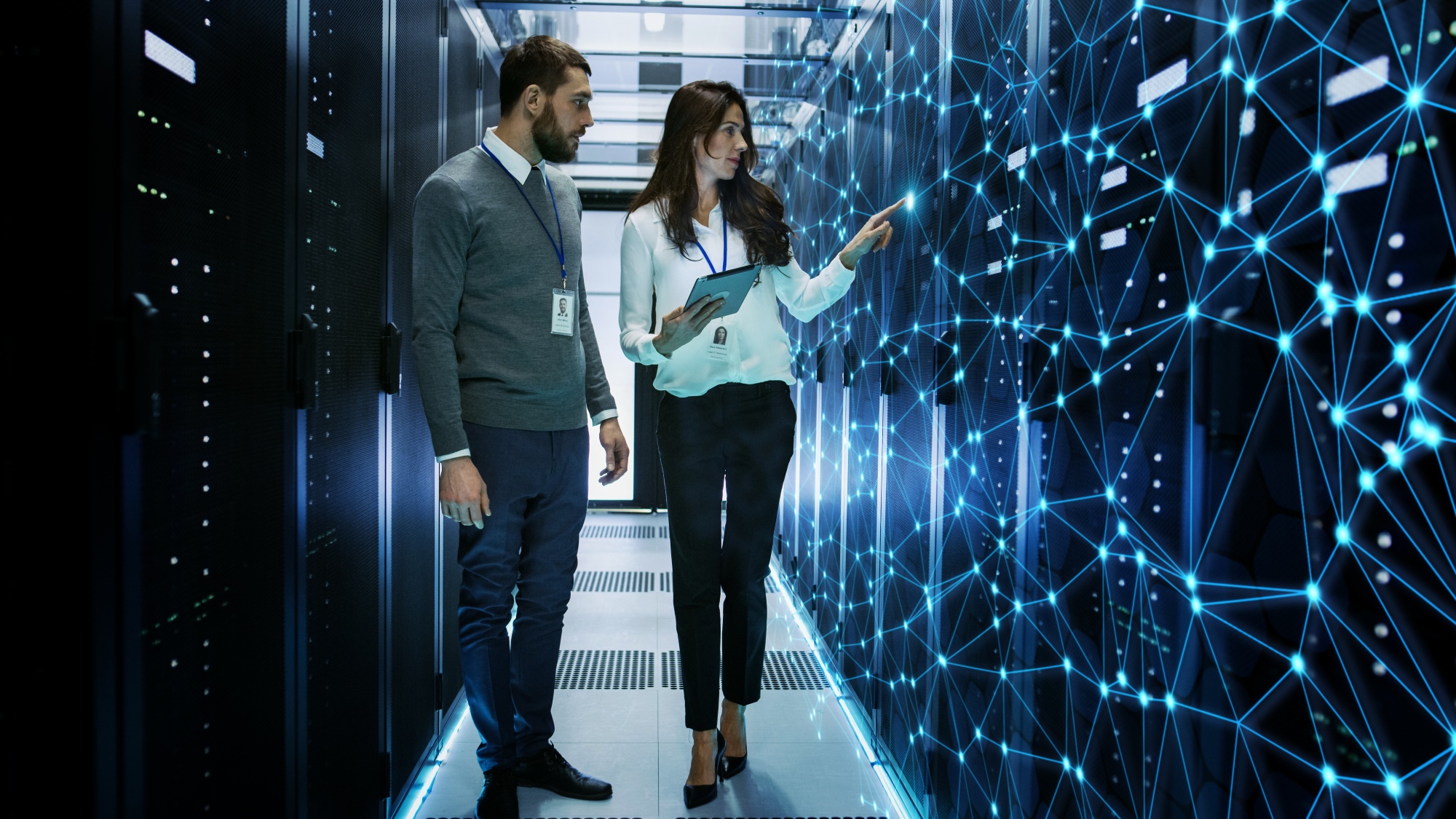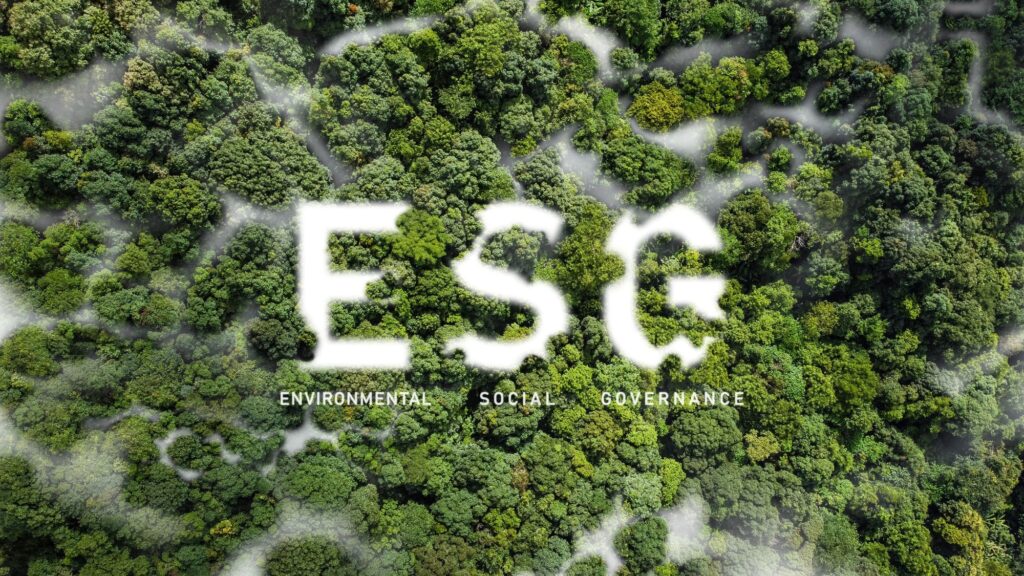
The knowledge paradox and the digital Diogenes syndrome: in the age of endless data, we’re making worse decisions
We live surrounded by information. We’re bombarded with it, we ignore it, delete it, search for it, generate it, store it, and share it, feeding an endless spiral. Some people hoard data as if it were treasure; others pass it by without paying any attention. Both extremes coexist within organizations, teams, and even within us. What truly matters is not the amount of data, but our ability to understand, interpret, and turn it into meaningful decisions.
When information becomes noise
Every day, humanity generates enough data to fill a billion 1TB hard drives. In other words, each professional produces over 146 GB of data daily, mostly without realizing it. This reality has given rise to what many are now calling “digital Diogenes syndrome”, a technological pandemic driven by the compulsive accumulation of data, web pages, files, emails, reports, presentations, dashboards, and more. The result? Declining knowledge, performance, mental clarity, and overall workplace wellbeing.
Information overload not only slows down our work but also fuels disinterest, disconnection, uncertainty, fatigue, poor decision-making, and constant workflow breakdowns. The data is clear: 80% of professionals say they suffer from information overload, and 47% admit they can’t easily find the information they need.
Technology, far from solving the problem, has amplified it. With the rise of generative AI, the mass production of ideas, data, documents, images, presentations, reports, automated emails, newsletters, and social media posts is skyrocketing. Organizations adopting AI are producing content faster than ever, but they risk losing focus if that information isn’t tied to a clear and shared purpose.
Speed doesn’t forgive. The sheer volume of data also poses serious challenges around privacy,cybersecurity, and regulatory compliance, especially in environments lacking clear information governance policies.
In this context, data wisdom can feel like a distant ideal, but it’s not an impossible one.
From digital chaos to digital order
Escaping this information maze requires more than technology. It demands a deeper transformation: a new mindset, renewed skills, smarter ways of working, and truly useful tools. Imagine a typical day at work for a professional who has embraced these four dimensions.
They start with a key decision: not to be dragged by the endless emergencies that hijack their schedule. Before opening their inbox, they review their daily, weekly, and monthly goals. They’re curious but critical, and they’ve learned to distrust information that lacks context or comes from unreliable sources. They don’t hoard data out of fear of missing something, they select only what truly adds value. They’re trained to ask good questions and evaluate possible answers. They’ve also developed a strong ethical sense when it comes to using information.
When they need data, they know where to find it and how to filter it. They can turn ideas into prototypes and validate them before investing time or resources. When they succeed, they understand what led to that success and replicate it. When they fail, they analyze why, draw conclusions, propose solutions, and treat it as part of the learning process that drives them closer to their goals.
Their organization operates through agile frameworks (Scrum, Kanban, Lean Start-Up, Design and Visual Thinking, Design Sprint, ExO, DevOps, etc.). It keeps a limited number of meetings, short and well-structured and ensures efficient use of time, both in individual work and team collaboration, as well as in the use of technology. They apply the BADIR framework (Business question, Analysis plan, Data collection, Insights derivation, Recommendations) for any critical analysis, while also incorporating rapid validation cycles based on the “build, measure, learn” approach. This guarantees that important decisions are built on well-formulated questions, reliable data, and solid recommendations. They understand that smartworking is a culture that promotes the idea of “working better, not more,” combining autonomy, purpose, and results. Information flows smoothly as the foundation for reflection and continuous improvement, because the culture is based on trust, not control.
Tools serve people, not the other way around. They work from a single platform that integrates multiple software solutions, where data is interconnected, routine tasks are automated, AI provides suggestions for complex reports, and there is easy access to informational and learning resources on all kinds of topics. They have clear visualizations adapted to the type of decision they need to make and rely on virtual assistants (bots) that help extract information, in seconds, from vast amounts of documents and/or large data sets. Everything is aligned: document versions are up to date and controlled, tools are periodically audited, and the entire digital environment is designed for efficient collaboration through a clear information governance policy. Decisions are not based on intuition “I have the feeling that…” approach, but on evidence: “The data shows that…”.
Meaningful decisions, thoughtful action
Ultimately, turning noise into value is not a technological utopia but a real possibility. It’s not about accumulating more data, but about changing the way we think, work, and decide. The question is not whether we have enough information, but whether we have the right information and whether we’re using it well. At Auren, we help organizations make that leap: from data overload to meaningful knowledge, from saturation to clarity. If you’d like us to guide you on this journey toward smart information use, get in touch.
Hugo Calvo, Partner – Personas from Auren Spain
Note: This article was developed using Artificial Intelligence for data research, bibliographic references, layout, and text editing.


